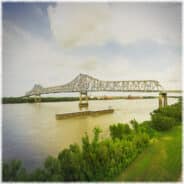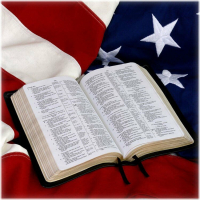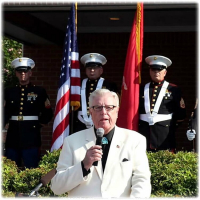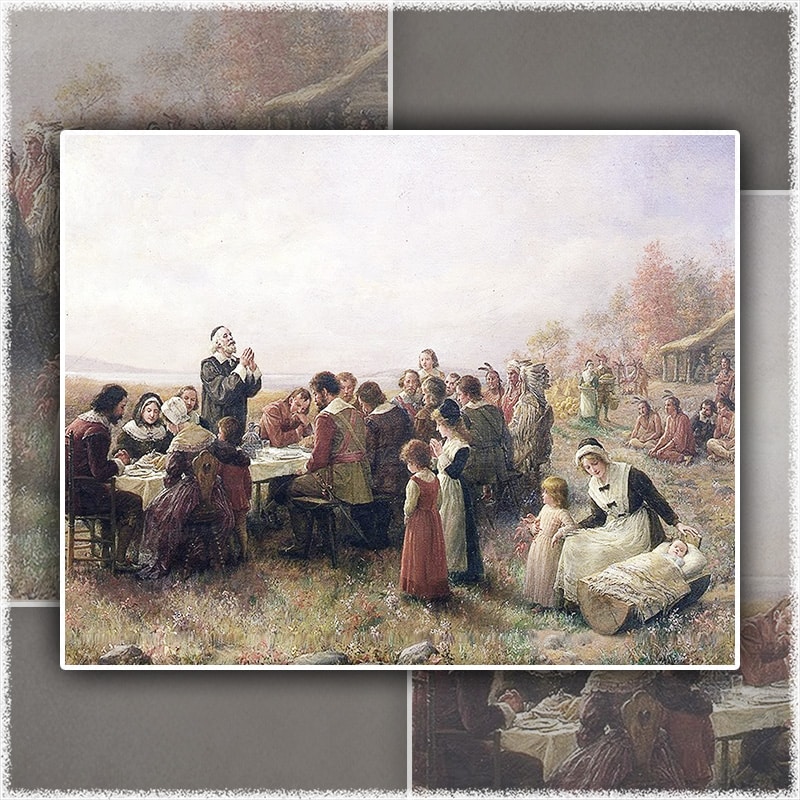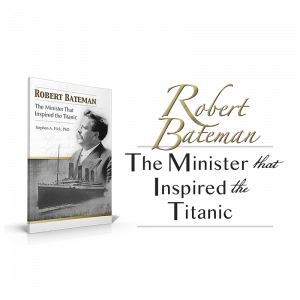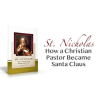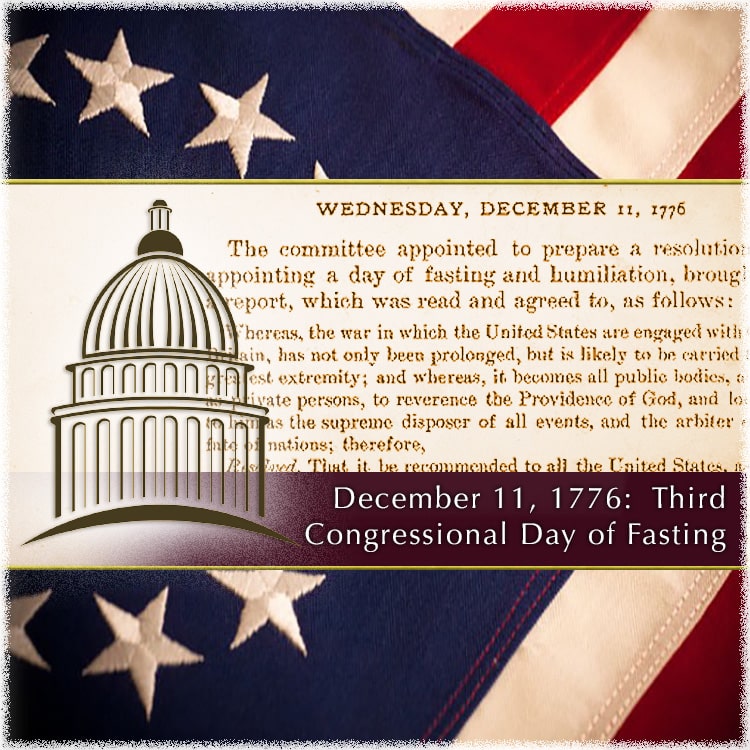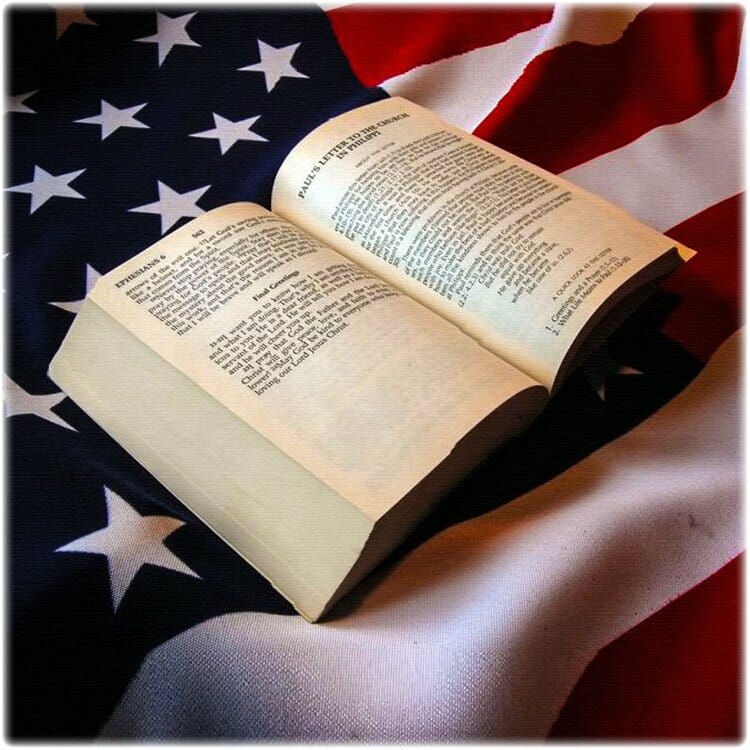During the Roaring Twenties, John Griffith and his family lived in Oklahoma. When only in their early twenties, John and his wife were blessed with the presence of a beautiful blue-eyed baby boy, and together, the young family gazed into the future with high hopes and great anticipation.
John loved the thought of traveling with his family to far away places—places whose names he could hardly pronounce. But, his dreams of a life of travel and adventure met with disappointing reality when the stock market crashed in 1929. Like the American economy of the 1930s, his dreams were also shattered, and the arid winds that swept through the languishing Dust Bowl farms of Oklahoma also swept away John’s dreams for his family.
Hoping to salvage what they could of their lives, John and his wife packed their Model-A Ford with their young son, Greg, and headed east. In search of new dreams, or the resuscitation of old ones, they settled along the Mississippi River where John found work as the operator of a drawbridge that spanned the Mississippi. Day after day, John watched as ships glided beneath his bridge, destined for places about which he had only read and dreamed.
Slowly, hope was revived in the Griffith home. Little Greg—now eight years old—was the pride of his mother and father. One day, John took Greg with him to his work at the bridge, and together they watched as the enormous gears of the bridge raised and lowered the bridge, allowing massive ships to pass beneath it. At lunchtime, John raised the bridge to allow some scheduled ships to pass, then took young Greg by the hand, and together they carefully stepped their way along a catwalk that led to an observation deck on the bridge. There, father and son enjoyed lunch, basked in the beauty of the day, and cherished each other’s company.
But, the tranquility of those treasured moments was shattered by the wail of a fast-approaching passenger train—the Memphis Express. Realizing the drawbridge was still elevated, John told little Greg to stay put on the observation deck. Frantically, John retraced his steps over the catwalk to the control booth, but before engaging the control lever—as he had been trained to do—he looked under the bridge to ensure no ships were passing below it. Then as his eyes continued to inspect the bridge—to his horror—he notice one of Greg’s little legs protruding from the massive gears of the bridge. Against his father’s instructions, Greg had tried to follow John back over the catwalk and had fallen. Now, on those massive gears, he was bleeding and unconscious. In anguish, John frantically rehearsed the various means by which he might pluck his son from certain death and return to the control booth just in time, but he knew that at any moment, the Memphis Express would dart from the tree line and hurdle itself toward the bridge. If the spans of the drawbridge were not lowered in time, hundreds of people on the train faced certain death. What would he tell his wife? How could he go on in life if he made the decision he knew he must make? There was but one answer to the inexpressible horror of that moment... John buried his head in his arm on the panel of the control booth and pulled the lever, lowering the spans of the bridge. Greg’s little limbs quivered for a moment, and then fell lifeless. With only seconds to spare, the spans of the bridge came to their places of rest, and the Memphis Express began to clatter across the Mississippi.
Convulsing with emotion, tears streamed down John's cheeks. Heaving from uncontrollable sobs, John raised his head from the control panel to gaze at the passing train. Peering into the passenger cars that raced past him, he saw businessmen, a conductor, and other passengers who knew nothing of his enormous sacrifice, but John had spared their lives at the sacrifice of his own son. In anguish, he frantically beat on the window of the booth, crying at the top of his voice, “You do not know what I’ve done for you!...You do not know what I’ve done for you!"
Like the occupants of that train, many, day after day, race past the spot in human history when God the Son stepped out of eternity into time and gave himself to bridge the gap between a holy God and sinful man.
 … for all have sinned and fall short of the glory of God, and are justified freely by his grace through the redemption that came by Christ Jesus. God presented him as a sacrifice of atonement, through faith in his blood.… (Romans 3:23)
… for all have sinned and fall short of the glory of God, and are justified freely by his grace through the redemption that came by Christ Jesus. God presented him as a sacrifice of atonement, through faith in his blood.… (Romans 3:23)While an individual may swim the Mississippi River, it is not possible for a passenger train to cross the same river without a bridge. Many believe that the chasm between themselves and God may be easily bridged with their sacrifices and self-effort, but their attempts—in the opinion of God—are similar to a train attempting to cross the Mississippi River without a bridge. Attempting to swim the Atlantic may be a more accurate comparison of human attempts to bridge the chasm that exists between a holy God and sinful man.
The Bible teaches that between every individual and God there is a chasm that may only be spanned by the sacrifice of Jesus Christ. No act could more accurately reveal the values of God and His holiness than to punish sin with death. But, no act could more accurately reveal the love of God than to provide the bridge back to God and back to spiritual life—provided by the sacrifice and death of Jesus Christ.
Conclusion
On Good Friday, God provided the perfect sacrifice that spans the chasm of death!
 But Christ has indeed been raised from the dead, the firstfruits of those who have fallen asleep. For since death came through a man, the resurrection of the dead comes also through a man. For as in Adam all die, so in Christ all will be made alive. (1 Corinthians 15:20-22)
But Christ has indeed been raised from the dead, the firstfruits of those who have fallen asleep. For since death came through a man, the resurrection of the dead comes also through a man. For as in Adam all die, so in Christ all will be made alive. (1 Corinthians 15:20-22)Because all have sinned, all have been separated from God; but through repentance of our sin and faith in Christ as the only true sacrifice for sin, believers experience spiritual life—also known as the "new birth." Christ is the only sacrifice for sin God will accept, because He alone fully meets all God's requirements for holiness—only He is capable of spanning the chasm of sin and death with his life.
Without the first Easter morning and the resurrection of Jesus Christ, there would have been no evidence that the sacrifice of Jesus Christ was victorious over death—and this historical fact separates Christianity from Islam, Buddhism, and all other world religions! Good Friday reminds the world that sin separates from God, and separation from God results in death. Easter morning, however, reminds the world that a perfect Sacrifice has been offered, and because it has been accepted by God the Father, Christ bridges the chasm back to the Father, the Source of eternal life.
[1] The Holy Bible: New International Version (East Brunswick, NJ: International Bible Society, 1984).
[2] The Holy Bible: New International Version.


